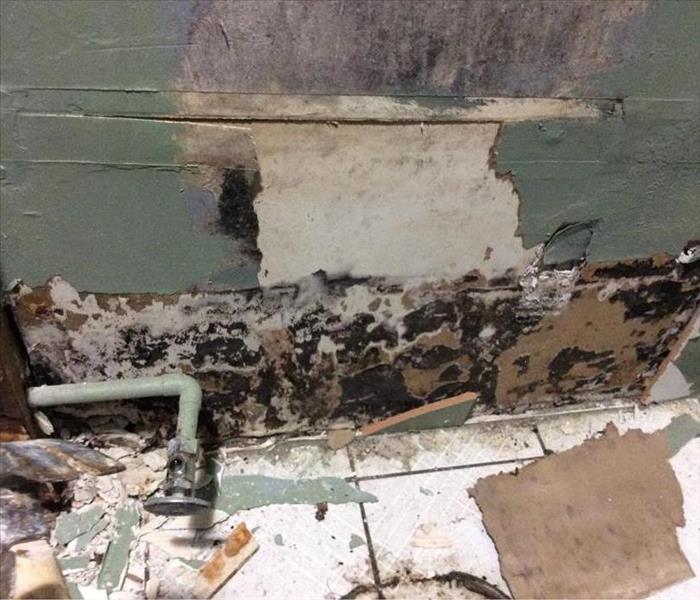Tips on How to Stop Mold
1/2/2019 (Permalink)
ips on How to Stop Mold Before it Starts
Mold can be a problem in your home, even before it becomes a visible issue. Mold can cause serious health problems and even ruin parts of your home. Mold likes to grow in dark and damp environments, so sometimes you'll notice a damp, moldy smell in the air long before you ever see signs of a mold problem. Here are three tips to stop it before it even gets started.
Temperature Matters
Mold festers in warm temperatures, from around 70-degrees Fahrenheit and above. Warmer weather can instigate mold growth. Areas in your home that are allowed to surpass the 80-degree mark are the most susceptible. If you do not have central air conditioning, consider installing a couple window units, especially in those rooms of your home that can become damp, like bathrooms and kitchens.
In the winter, check places where condensation collects, such as windows and doors. The heat from your home reacting to the cold outside will create moisture, especially if the area is not well insulated. If you have an older home, consider adding weather strips around drafty openings.
Air Circulation
Mold will thrive in environments where there is little or no air movement. Even if the temperatures are cooler, stagnant air allows mold to generate enough heat itself that it spreads. Once mold gets a foothold, it can be difficult to stop.
Vent fans are excellent additions to bathrooms, or other places in your home where air can become stagnate. When warmer temperatures occur, ceiling fans are excellent ways to keep air circulating. A couple strategically placed floor fans can also help curb the ability of mold to grow.
Moisture
The last problem you need to be concerned about is probably the most important. Mold needs moisture to grow. Without moisture in some form, mold will dry up and turn to dust.
Leaks & Drips
Leaky faucets and dripping drains are some common problems, but they are easily spotted and usually a simple fix. The biggest problem with mold and moisture can the damp areas that you cannot see, or are not aware of. Always fix water leaks and drips immediately though.
Gutters & Eaves
Gutters that are not well maintained can become clogged. When this happens rainwater can drip back under the eaves on your home and begin to slowly seep behind your exterior walls, where mold can grow unnoticed.
A Clean Sweep
Dirt can also attract moisture as well as be a food source for mold. Vacuum at least once a week. If you have pets that shed, it would be well advised to vacuum a little more frequently.
Mold can become an expensive problem once it takes hold. Be attentive to moisture, circulate the air in your home whenever possible, and keep it clean.





 24/7 Emergency Service
24/7 Emergency Service
